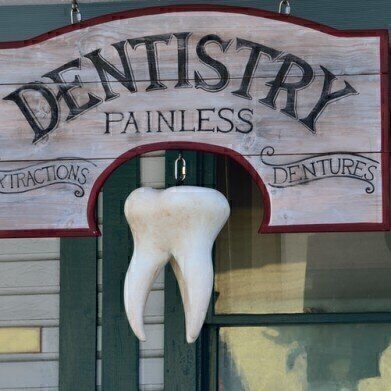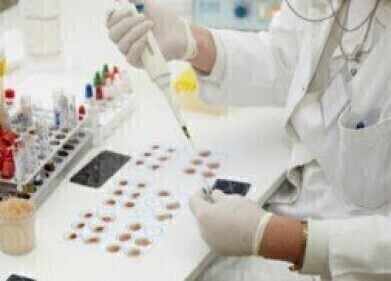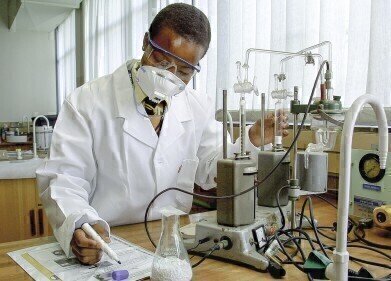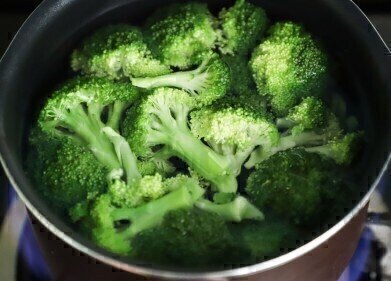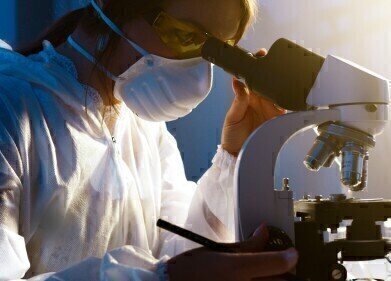Help Desk
Can Herbs Prevent Tooth Decay? — Chromatography Explores
Jan 08 2018
You may be most afraid of spiders, snakes or even heights, but tooth decay is something that everyone dreads. In the worst cases, it can lead to tooth loss, with the so-called ‘best case’ for tooth decay being a small cavity and a trip to the dentist for a filling. So, how can we prevent it? Brush twice a day, of course. However, scientists have found a new alternative to brushing that could “fill in the gaps” left by traditional methods.
What are you brushing with?
Most people use toothpaste to clean and protect their teeth. US statistics suggest that over 90% of people use the minty substance, in fact. But what’s in toothpaste? Aside from ingredients for that minty fresh smell, it contains fluoride, which strengthens tooth enamel and helps teeth resist damage and wear.
However, experts suggest that while fluoride is the best stand-alone option, it’s not necessarily a complete solution. Other products could complement fluoride to improve its efficacy.
Focusing in on a Chinese herb
That’s where Galla Chinensis comes in. It’s a Chinese herb used for many medical purposes, including anti-viral, anti-diarrheal and even anti-cancer treatments. The herb is also known for its antibacterial properties, which can help with tooth mineralisation. The problem? So far nobody has identified exactly what is the active ingredient of the natural herb.
Recently, however, a team of Chinese scientists set out to do exactly that. Firstly, they tested hundreds of Chinese herbs to identify Galla Chinensis as the best option for preventing cavities. Then, they analysed several Galla Chinensis extracts with different ingredients using liquid chromatography-mass spectrometry (LC-MS).
This method allowed them to obtain and determine the different ingredients that made up each Galla Chinensis extract. The article, ‘Developing Robust Chromatographic Methodologies’ looks at how chromatography methods are innovated and enhanced to move into completely new applications.
Finding the anti-cavity ingredient
When they had separated and identified the different components, the team used the polymicrobial biofilms model to determine their antibacterial capacity. This generates reproducible biofilms to replicate the plaque found on teeth. Following this, they tested the effect on demineralisation of teeth by mimicking the change of acidity in an ‘in-mouth- environment’.
The result? “Medium molecular weight gallotannins are the most active constituent in terms of caries prevention,” explains Xuelian Huang, lead author of the study. Researchers will now look for a way to incorporate this ingredient in oral care products – so it’s not time to brush your teeth with herbs just yet.
Digital Edition
Chromatography Today - Buyers' Guide 2022
October 2023
In This Edition Modern & Practical Applications - Accelerating ADC Development with Mass Spectrometry - Implementing High-Resolution Ion Mobility into Peptide Mapping Workflows Chromatogr...
View all digital editions
Events
ACS National Meeting - Fall 2024
Aug 18 2024 Denver, CO, USA
Sep 04 2024 Chiba, Tokyo, Japan
Sep 04 2024 University of Warwick, Coventry, UK
Sep 10 2024 Rockville, MD, USA
Plastics Recycling World Expo Europe
Sep 11 2024 Brussels, Belgium
